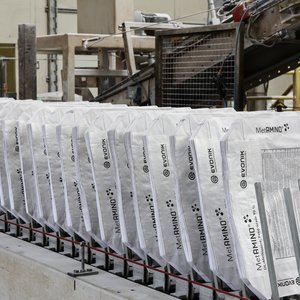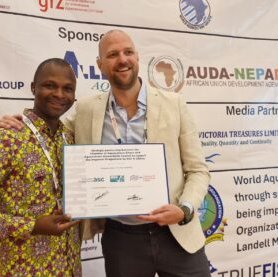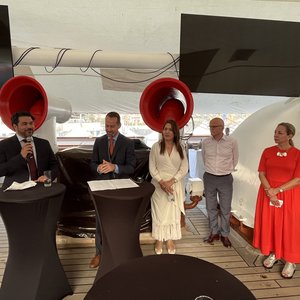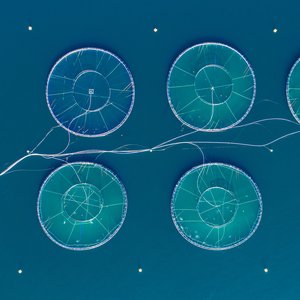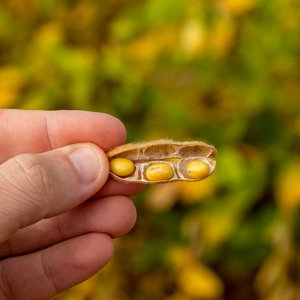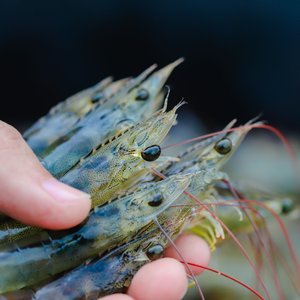The shell crucial for suitability of krill in fish feed
Deshelled krill meal in salmon feed gave a better growth rate and digestibility of nutrients in salmon compared to whole krill. Deshelling also result in lower content of fluoride and will thereby make krill more suitable in salmon feed.
These are some of the findings in the PhD thesis of Jon Øvrum Hansen at the Aquaculture Protein Centre (APC-CoE), who defends his thesis 29th April at the Norwegian University of Life Sciences (UMB).
The total biomass of Antarchtic krill is probably the world’s largest of one single species, and is promising as ingredient in fish feed. Krill has a balanced amino acid profile and the fat of krill is rich in phospholipids, with a high content of omega-3 fatty acids. Krill is also a suitable attractant in fish feed. The main target of this PhD degree is to increase knowledge about krill as a feed ingredient for salmonids. The use of krill in salmon feed requires that the resources are being harvested in a sustainable manner that is anchored in research.
Trials showed that salmon in sea fed a high share of deshelled krill, had higher growth rate and a tendency of increased fat digestibility compared to salmon fed whole krill, including shell fraction. In trials with graded replacement of high quality fish meal with krill meal, 32 % deshelled krill meal in the feed gave the best growth of the salmon. But inherent with the krill the fish also get high levels of fluoride. Does that have negative effects?
The trials Øvrum Hansen carried out don’t indicate that, but new questions are rised. All the diets with krill for salmon in seawater gave mild to moderate changes in kidney tissue. But the diets didn’t give any similar tissue changes in similar trials in freshwater, even though fluoride has far higher bioavailability in freshwater. This proves that fluoride was not the cause of these changes.
In compliance with other studies, Øvrum Hansen’s experiments confirmed that fluoride from krill was very poorly taken up by salmon in seawater. Fluoride from krill formed insoluble compounds with calcium, which is in surplus in seawater and was excreted by the fish. The trials also showed that the same effect quite simply can be achieved by adding calcium to the feed for fish in freshwater.
Krill in feed for salmon led to a temporary increase in salmon growth, compared to feed with fish meal of high quality as the only protein source. This response is probably caused by the krill meal’s stimulating effect on the fish’s appetite.
Based on this, Jon Øvrum Hansen believes a boost of krill in the feed can be recommended:
“In the winter with low feed intake, krill in the feed can give increased appetite and survival. This can give the krill-eating salmon a better nutritional status before the productive warm periods, compared to salmon that are not fed krill”, says Øvrum Hansen.
The supervisor of Øvrum Hansen is Margareth Øverland from APC. Karl D. Shearer and Trond Storebakken are co-supervisors. The title of the thesis is “Antarctic krill (Euphausia superba) as a feed ingredient for salmonids with focus on the shell fraction and fluoride”. The research was economically supported by Krillsea Group AS and UMB.
The PhD thesis can be received from Jon Øvrum Hansen.



